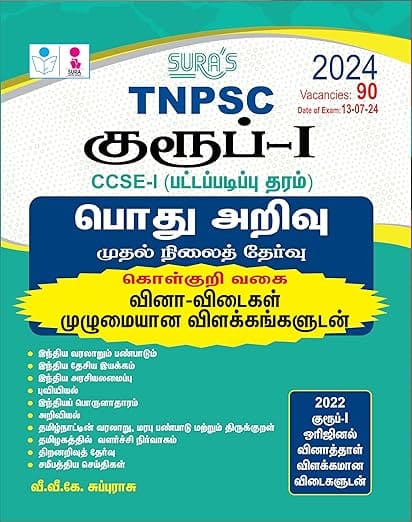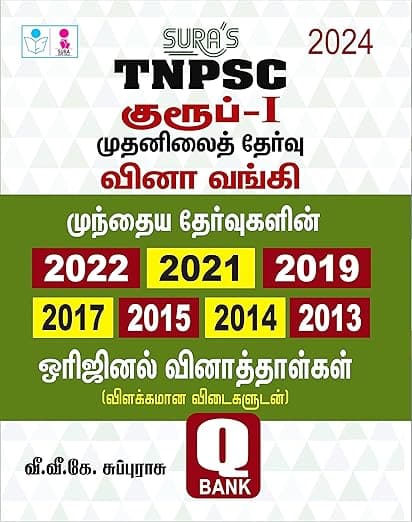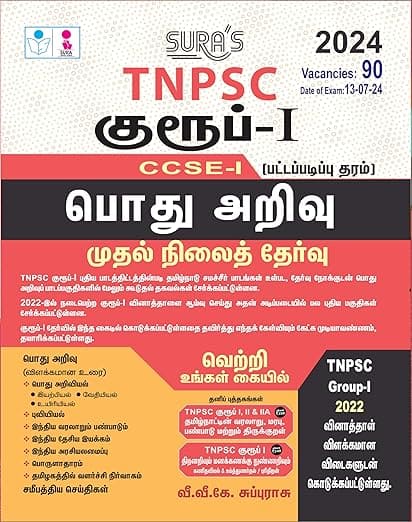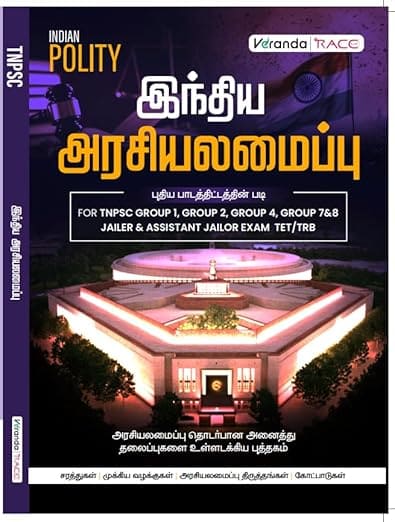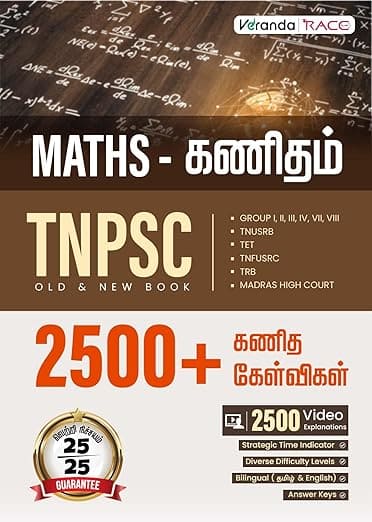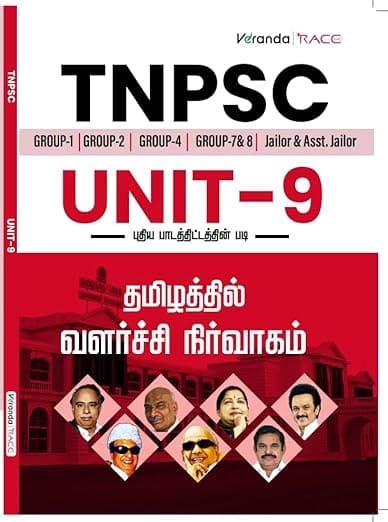Social Divisions
- The Vedic people distinguished themselves from the non-Aryan people.
- Varna was the term used by Aryans to refer to colour and category.
- The Rig Veda refers to Arya varna and Dasa varna.
- The Dasas and Dasyus were conquered and treated as slaves.
- They came to be considered sudras in the later period.
- Social classes were classified as warriors, priests and common people.
- Sudras as a category of people appeared at the end of the Rig Vedic period.
- Slavery was common and slaves were given as gifts to the priests, but there is no reference to wage labour.
- Horse-drawn chariots and bronze objects were possessed by a few, suggesting social distinction.
- Vedic society was largely egalitarian initially, and social distinctions emerged later.
- According to the Purusha Sukta of the Rig Veda the various varnas emerged thus: Brahmanas from the mouth, the kshatriya from the arms, the vaisya from the thighs and the sudra from the feet of Purusha, when he was sacrificed.
- These social divisions are considered to have arisen towards the end of the early Vedic period.
- Various professional groups such as warriors, priests, cattle-keepers, farmers, barbers are also mentioned.
- Panis were itinerary traders or perhaps caravan traders.
- Panis are also seen as enemies in some verses.
Tribe and Family
- Kinship was the basis of the social structure of Rig Vedic society.
- People were identified with specific clans and the clans formed the tribe or jana.
- The term jana occurs in the Rig Veda 21 times but janapada does not occur even once.
- The term vis, which refers to the common people, occurs 170 times and they lived in gramas (villages).
- The family (griha) was the main social unit within the tribe.
- It was headed by the grihapati and his wife was known as sapatni.
- And the family at that point of time was perhaps a joint family.
Women
- Women had a respectable position but it is not possible to generalise about this.
- Society was essentially patriarchal with a preference for male children and cattle.
- The birth of a son was preferred perhaps because of the martial nature of the society, which required male members for their clashes to establish dominance over the territories.
- Having ten sons was considered as a blessing.
- Women attended assemblies and offered sacrifices.
- Marriage was common but primitive practices were also continued.
- Polyandry seems to have existed, and widow remarriage was also known.
- People married at the age of 16–17, according to scholars, and there is little evidence of child marriage.



